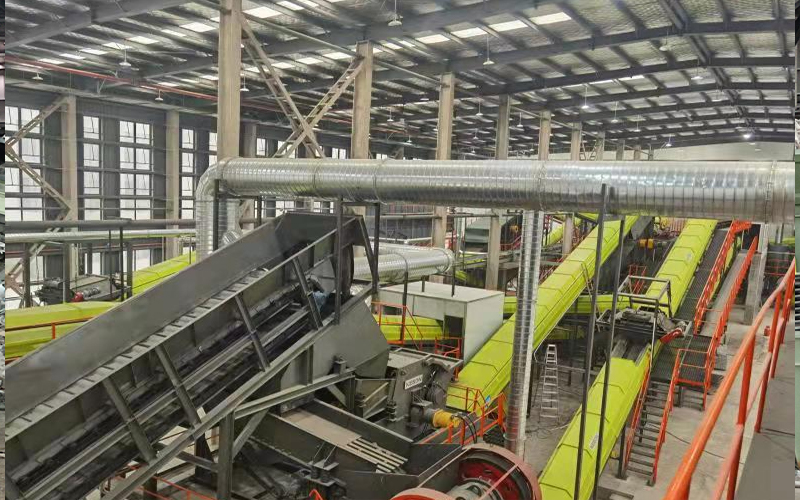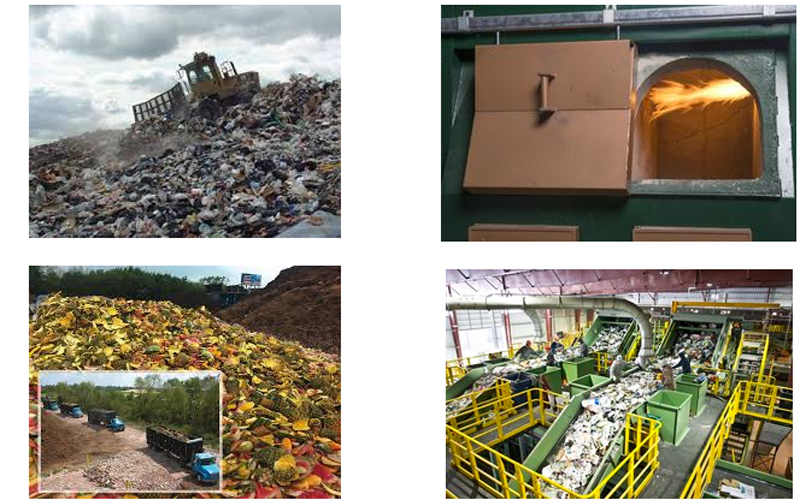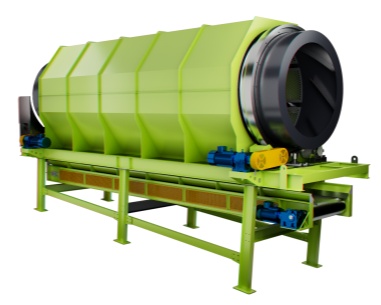Prospects for the Environmental Protection Industry
As we embark on the new year of 2025, the environmental protection industry stands at a pivotal juncture, poised for significant growth and transformation. This sector is not only crucial for addressing the pressing global issues of climate change, pollution, and resource depletion but also presents vast opportunities for innovation and sustainable economic development.

1. Increased Policy Support: Governments worldwide are implementing stricter environmental regulations and policies aimed at reducing carbon emissions, promoting recycling, and conserving natural resources. The Paris Agreement and other international commitments will continue to drive national and local policy frameworks that support green technologies and practices.
2. Technological Advancements: Innovations in clean technology, such as solar power, wind energy, electric vehicles, and smart grids, are rapidly advancing. Breakthroughs in battery storage, hydrogen fuel cells, and carbon capture and utilization (CCU) technologies promise to revolutionize how we produce and consume energy, leading to reduced environmental impact.

3. Growing Market Demand: Consumer awareness and demand for sustainable products and services have never been higher. Companies that embrace eco-friendly practices and offer environmentally responsible solutions are likely to gain a competitive edge in the market. Moreover, the rise of circular economy models can create new business opportunities and reduce waste.
4. Investment Opportunities: Investors are increasingly looking towards the environmental protection industry as a promising sector for investment. Green bonds, sustainability-linked loans, and other financial instruments designed to fund environmental projects are gaining traction. Additionally, venture capital funding for startups specializing in green tech is on the rise.
5. Collaboration and Partnerships: Collaboration between governments, private sectors, non-governmental organizations (NGOs), and communities will play an essential role in advancing environmental protection efforts. Joint ventures, public-private partnerships, and knowledge-sharing initiatives can accelerate the adoption of best practices and innovative solutions.

6. Job Creation: The transition to a greener economy will spur job creation across various fields within the environmental sector, from renewable energy installation and maintenance to environmental consulting and research. Training programs and educational institutions are adapting their curricula to prepare the workforce for these emerging opportunities.
7. Global Challenges: Despite the positive outlook, challenges remain. Addressing global challenges such as deforestation, biodiversity loss, and ocean pollution requires coordinated action and long-term commitment. However, these issues also present opportunities for the environmental protection industry to develop comprehensive solutions.
In conclusion, the environmental protection industry in 2025 looks set to expand significantly, driven by supportive policies, technological progress, market demand, and investment flows. As we move forward, it's clear that the industry will play an indispensable role in shaping a sustainable future for our planet. Embracing this era of change and opportunity will be critical for businesses, policymakers, and individuals alike who wish to contribute positively to the environment while fostering economic prosperity.
-
 Trommel screenTrommel screen, also known as drum screens, are widely used in various industries for sorting and separating materials.Get Quote
Trommel screenTrommel screen, also known as drum screens, are widely used in various industries for sorting and separating materials.Get Quote -
 Crop straw double shaft shreddApplications:Biomass Energy Production: Shredded straw can be used as a feedstock for bioenergy plants to produce electricity or heat.Livestock Feed: Reduced-si...Get Quote
Crop straw double shaft shreddApplications:Biomass Energy Production: Shredded straw can be used as a feedstock for bioenergy plants to produce electricity or heat.Livestock Feed: Reduced-si...Get Quote -
 Zhongcheng Air Drum SeparatorAir drum separators effectively separate lightweight materials (e.g., plastics, paper) from heavier materials (e.g., metals, glass). This high efficiency is cru...Get Quote
Zhongcheng Air Drum SeparatorAir drum separators effectively separate lightweight materials (e.g., plastics, paper) from heavier materials (e.g., metals, glass). This high efficiency is cru...Get Quote
-
2023-01-12Impact CrusherImpact crusher is a type of machine designed to reduce large rocks, ores, and other hard materials into smaller, more manageable pieces. This equipment is widel...
-
2023-01-11Trommel screenTrommel screen, also known as drum screens, are widely used in various industries for sorting and separating materials.
-
2024-04-25Recycling Finger ScreensFinger screen is a type of screening equipment used to separate materials based on size. Unlike traditional screens, finger screens consist of a series of paral...
-
2023-01-12Disc ScreenDisc screen, also known as a disc scalping screen, is a mechanical device used to separate materials based on size. It is commonly used in industries such as wa...
-
2024-08-12The Advantages of Horizontal Baling TechnologyA horizontal baler, also known as a horizontal baling machine, is a piece of equipment used for compressing materials and wrapping them into bales. This process...



